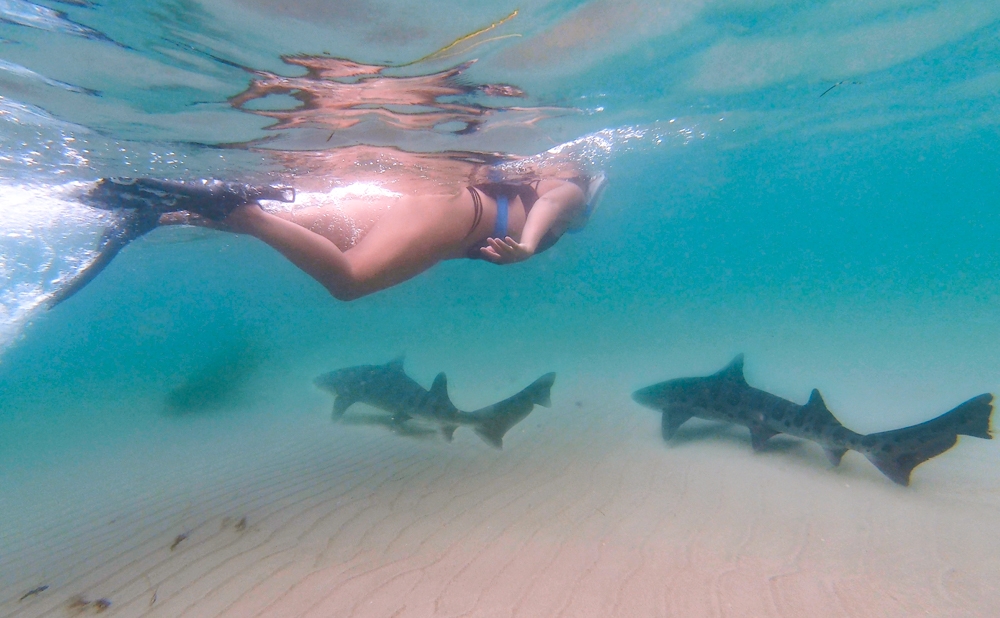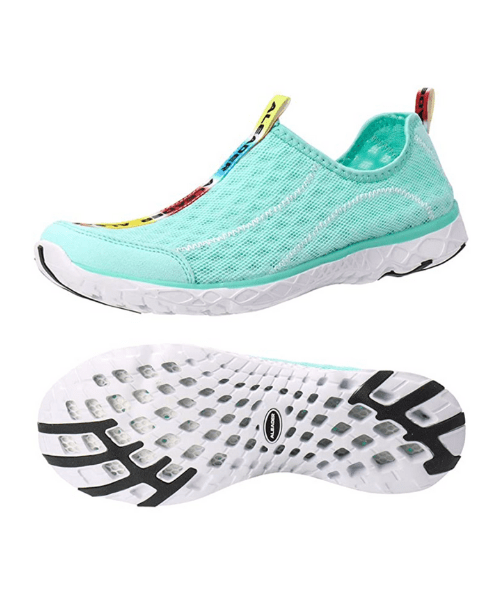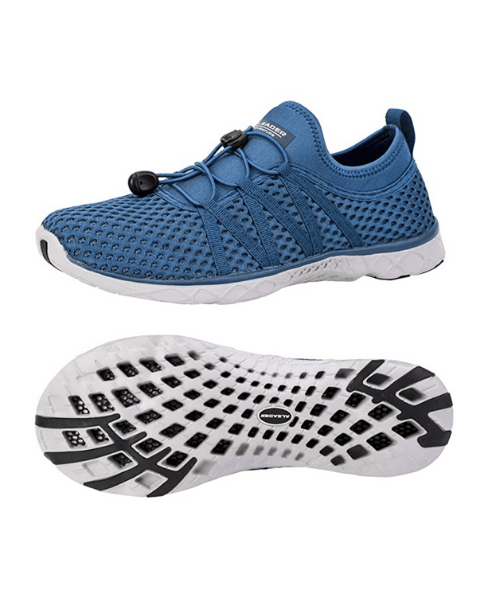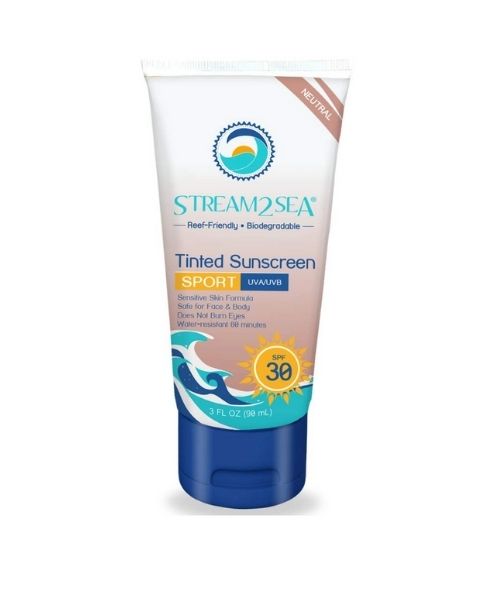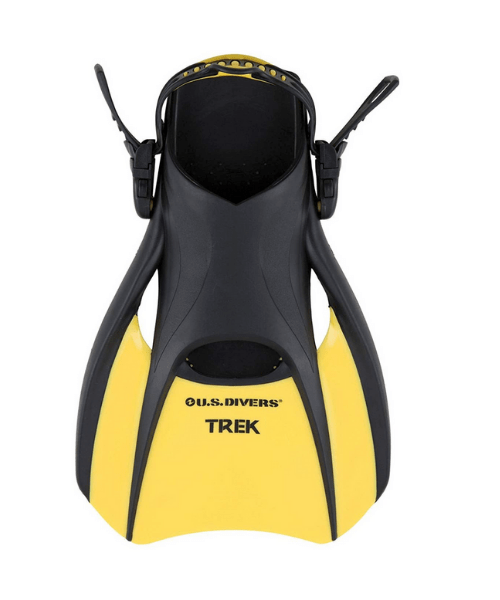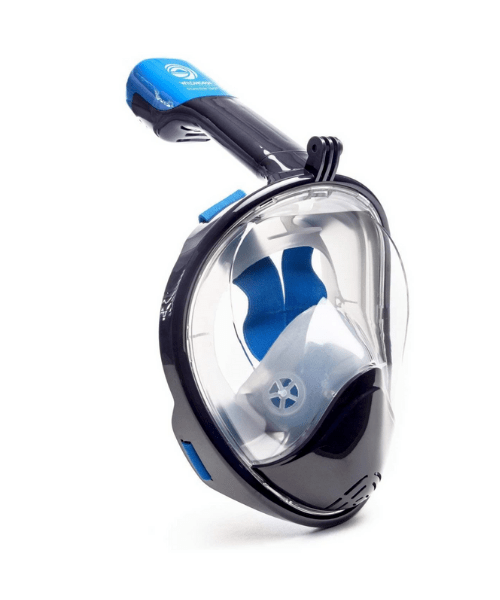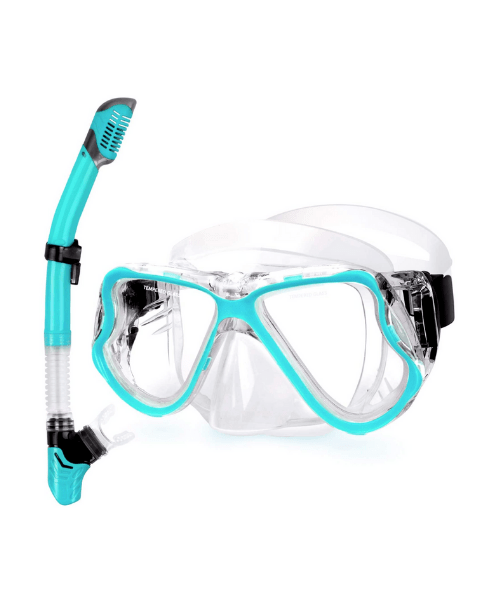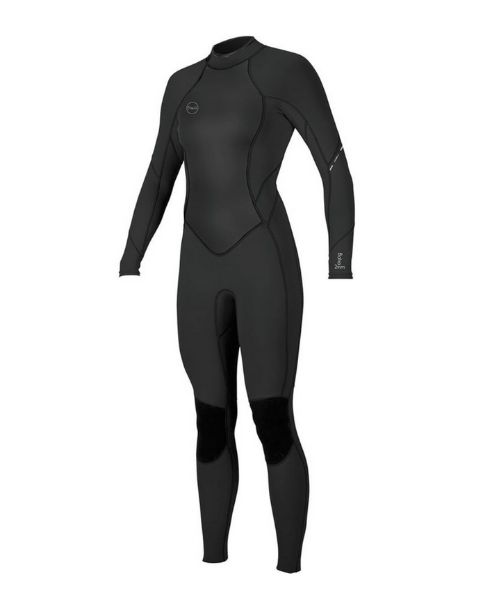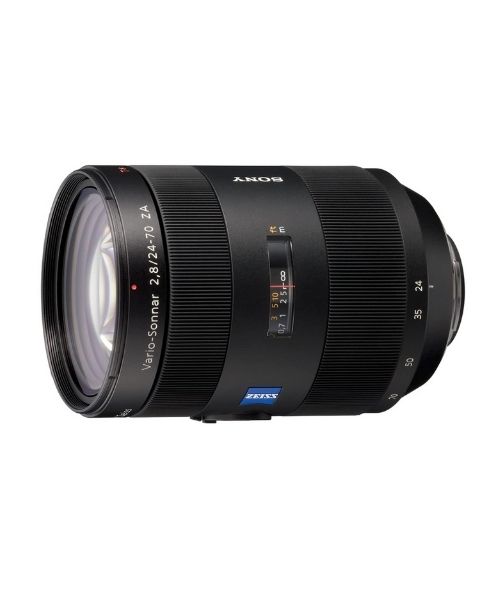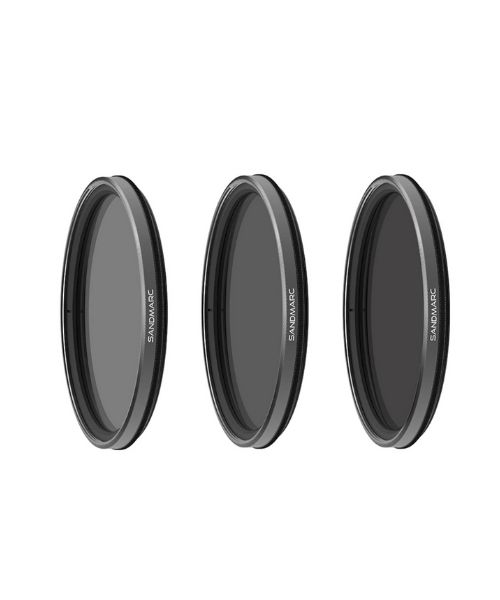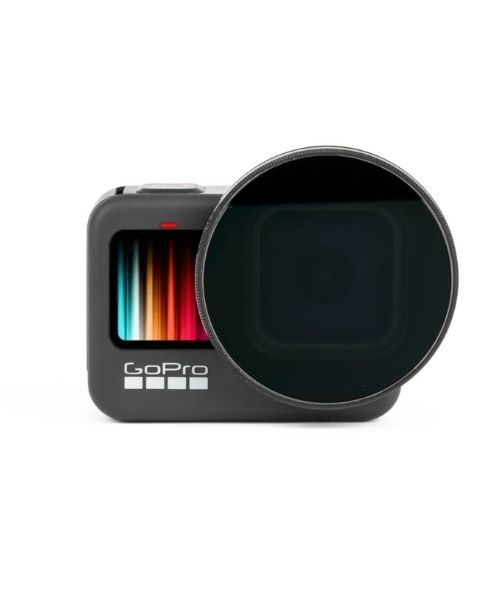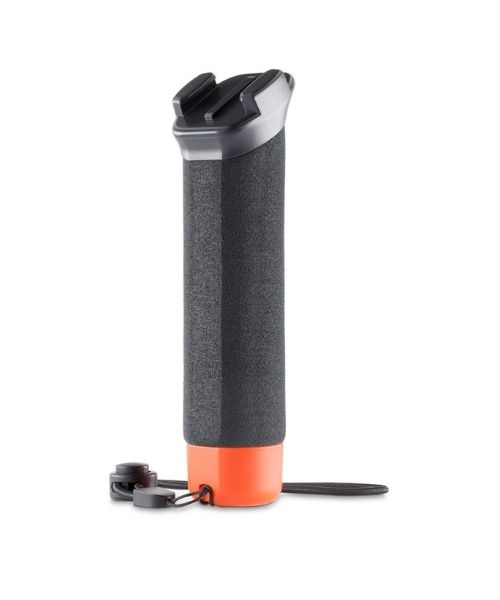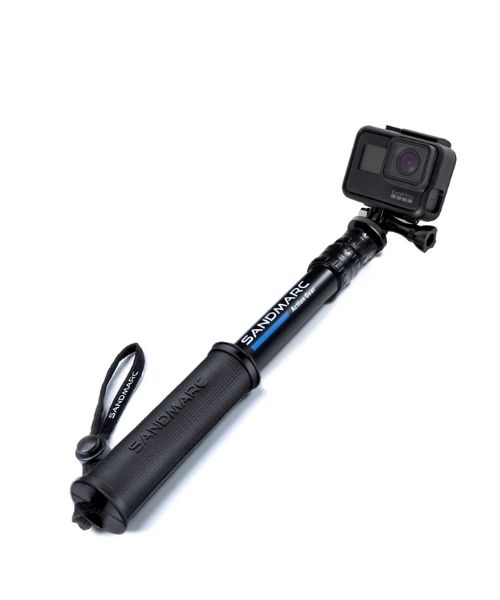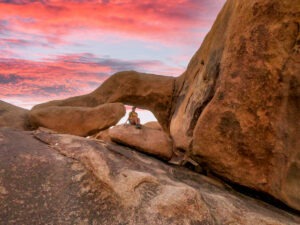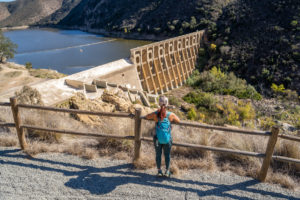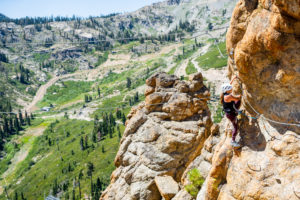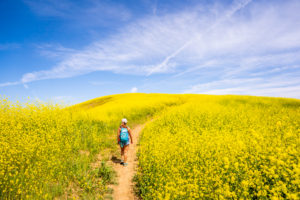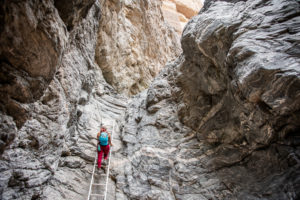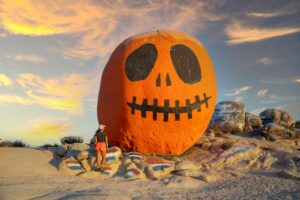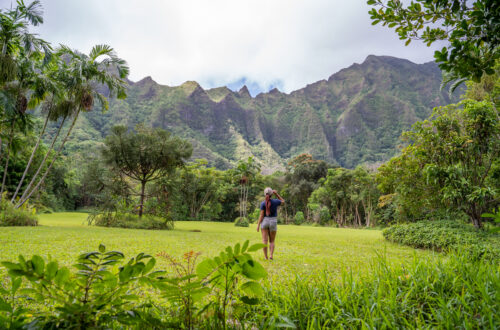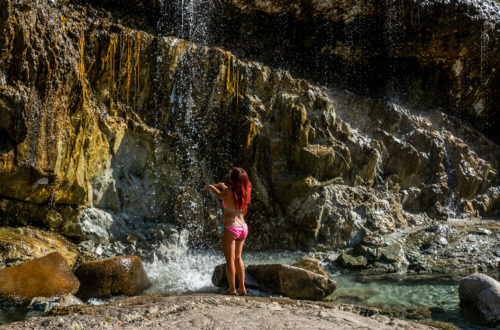La Jolla Beach is one of our favorite beaches in San Diego. Not only it is such a gorgeous beach, but this place is also home to the largest gathering of leopard sharks in the world. Every year, thousands of leopard sharks make their way to the warm, shallow water of La Jolla Shores for the breeding season. These leopard sharks are beautiful and harmless. This means you can actually swim, snorkel or dive with them. Swimming with these leopard sharks is such an amazing and unconventional way to experience the beautiful coastline of San Diego.
Video
When Is the Best Time to See Leopard Sharks in La Jolla?
Leopard Sharks can be seen year-round along the coastline of La Jolla. However, July through September usually is the best time to see these leopard sharks. During this time, thousands of leopard sharks congregate in warm, shallow water along La Jolla to mate and hatch their young. We recommend going in the morning, on a sunny day when the water is calm. It makes it easier to spot them. Also, pay attention to the tide. The water is usually clearer when it’s low tide. You won’t have all the swells hitting against the sea wall and churning the sand on the bottom.
How to See the Leopard Sharks?
Although you can see these leopard sharks on your kayaks or paddleboards, most of the time, they are more like a blob underwater. The best way to maximize your experience is to snorkel with them.
Since the leopard sharks in La Jolla prefer warm, shallow water, you won’t need to go too far to be able to swim with them. On normal days, you can see these sharks right outside the wave break, in about 4-8ft of water. On calmer days, they sometimes come even closer to shore. Because they usually hang out pretty close to shore, all you need is your snorkel mask or swim goggles. We usually bring our own gear. However, if you don’t have your own gear, you can always rent them. There are many tour companies, such as Everyday California or La Jolla Kayak, that will rent snorkel gear for the whole day.
The leopard sharks in La Jolla are fairly shy. They typically keep to themselves. It is best if you don’t chase after them, but let them come to you. These guys are pretty easy to spot. They have distinctive dark brown spots that resemble a leopard print, hence the name. They are also harmless, however, never try to touch them. Even though they are docile, they will react if they are threatened or scared.
When you’re swimming or snorkeling, make sure to keep an eye out for stingrays. They usually hide under all the sand at the bottom. The best way to avoid the stingrays is to avoid stepping on the rays by dragging your feet across the bottom.
Best Spots to See the Leopard Sharks
All three of the spots below share the same starting point. This spot is the beach behind the Marine Room. There is limited free street parking. Since it is a small beach, it can get busy pretty quickly. Make sure to pay attention to the street sweeper’s schedule if you park on the street. The street sweeper’s schedules are different depends on what side of the street you’re on. We’ve seen plenty of cars got ticketed.
Coords: 32°51’07.3″N 117°15’38.8″W
Marine Room Beach
Level: Easy
This small beach right behind the Marine Room restaurant is the best place to find the leopard sharks in La Jolla. To see the leopard sharks, head away from the shoreline. You won’t have to go out too far. These guys usually hang out at the depth of 5 to 15ft. We usually have a lot of luck just right in front of the Marine Room on the sandy bottom or toward the left (if facing the water), at the edge of the rocky reef. Besides leopard sharks, there are also stingrays, guitarfish, and black bat rays.
Leopard Sharks Lane
Level: Intermediate
Leopard Sharks Lane stretches from the south side of the Marine Room all the way to Devil’s Slide. From the Marine Room beach, go left (south) to go past the seawall and the beautiful homes. Once you get past the seawall, the sandy bottom turns into seagrass covered rocky reef. This palace is a favorite birthing area for female leopard sharks. If you’re lucky, you can even spot a tiny baby shark! Be careful when exploring this area. It can get dangerous during big surf. A few times when we were there, the waves had gotten so big that they kept pushing us toward the sharp rocks.
Devil’s Slide Reef
Level: Intermediate
Devil’s Slide Reef is a shallow reef area in front and on the edge of the seventh sea cave, toward the south side of the Marine Room. This area is not the easiest to get to. You will have to swim a long way or take a kayak with you. This is the best place to see the La Jolla leopard sharks outside of their peak season.
Interesting Facts About Leopard Sharks in La Jolla
The Leopard Sharks are these beautiful harmless sharks with distinctive dark brown spots on their bodies that resemble leopard skin, hence their name. The pattern on their bodies is so different, that they can be used as identification, similar to human fingerprints.
La Jolla’s leopard shards are usually measured at about 4-5ft, sometimes up to 6 ft in length. Since these leopard sharks are bottom feeders, they usually eat shellfish and other small prey. They have small, narrow mouths and small teeth. The leopard sharks in La Jolla are pretty timid as well. Therefore, they are quite harmless to humans.
Even though the leopard sharks are along the shoreline of San Diego year-round, their biggest number congregates at the shallow, warm water of La Jolla Shores. Most of the sharks here are pregnant females. Because of its water’s temperature and the marine landscape, La Jolla’s water is an ideal natural incubator for leopard sharks. The gestation period for leopard sharks usually lasts between 10 to 12 months. They can produce anywhere from 7 to over 30 baby sharks.
Leopard sharks’ lifespan is pretty long. They can live up to 30 years. After a female leopard shark reaches maturity, around 10 years old, it will mate every year. With a gestation period between 10-12 months, a female leopard shark will give birth and then mate again within the next 2 months. After they become pregnant, these female leopard sharks will gather at La Jolla to spend 70% of their day in its warm, shallow water.
These are the gear that we personally use and find them helpful for this particular adventure. Don’t forget to check out our Recommended Gear section as well.
adventure gear
You won’t really need water shoes, however, they are good to have if you want to travel further to the rockier bottoms. We love these Aleader water shoes because they have pretty good traction and a lot more support than regular water shoes. Therefore, they are good for normal walking around too.
This is the Men’s version for the water shoes.
Make sure to use lots of sunscreens! We use eco-friendly, reef-safe sunscreen, Stream2Sea SPF 30.
Face sunscreen is also important. We love these tinted, organic All Good Organic Sunscreen Butter.
You will need some fins if you want to go out further. These fins are pretty decent for the price.
We love our full-face snorkel masks, especially if you’re a beginner or you just want to swim around on the surface.
If you prefer the traditional way, or if you want to dive further down to the bottom, this snorkel set works great!
Unless you go in the summer, we recommend wearing a wetsuit. San Diego’s ocean can get pretty chilly.
other things to bring
- Your regular beach gear such as swimsuit, beach towel, etc.
- Always good to bring some snacks with you. For healthy and easy snacks, check out some of our recipes.
camera gear
Related Posts
Save your pins:



